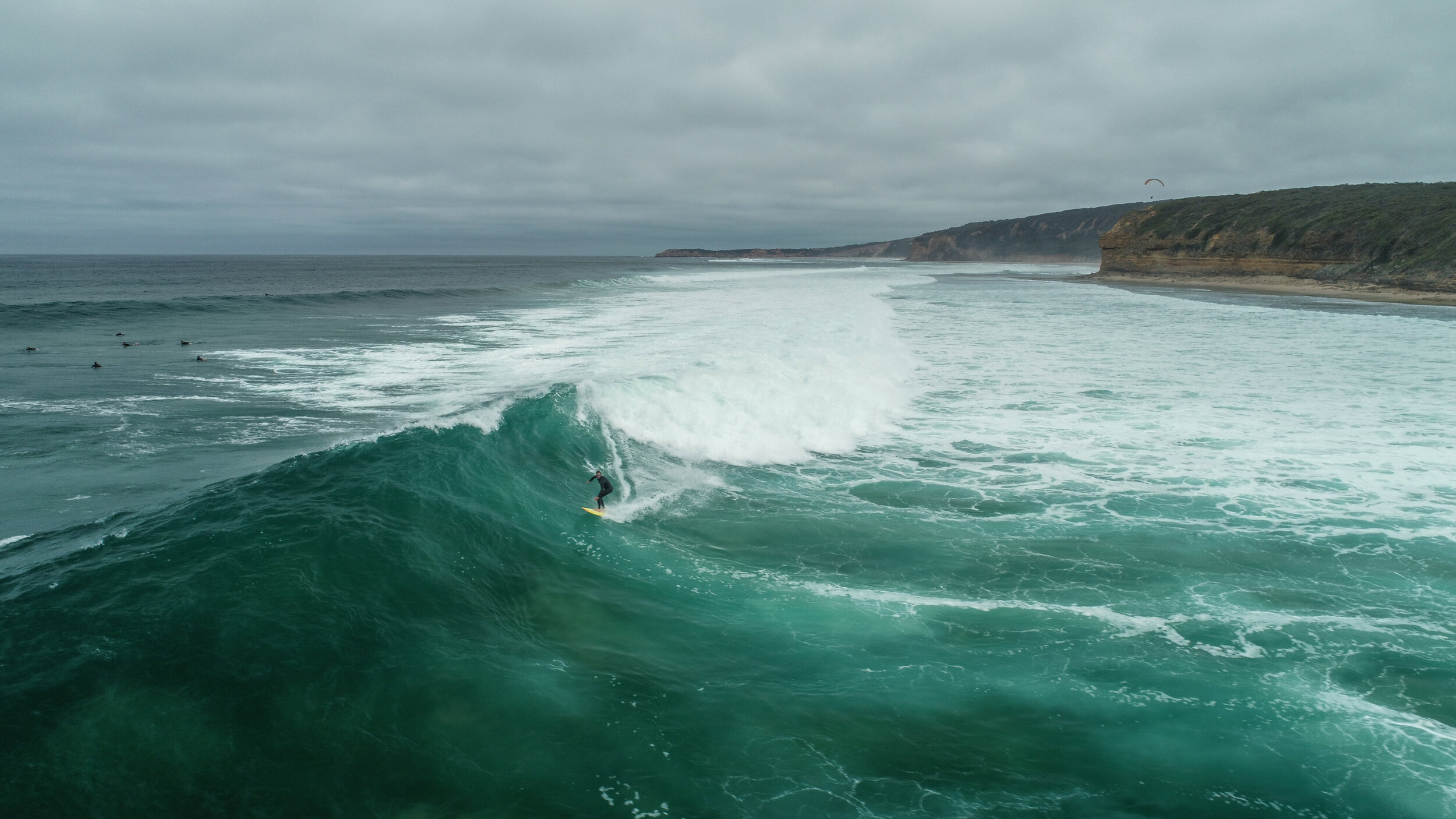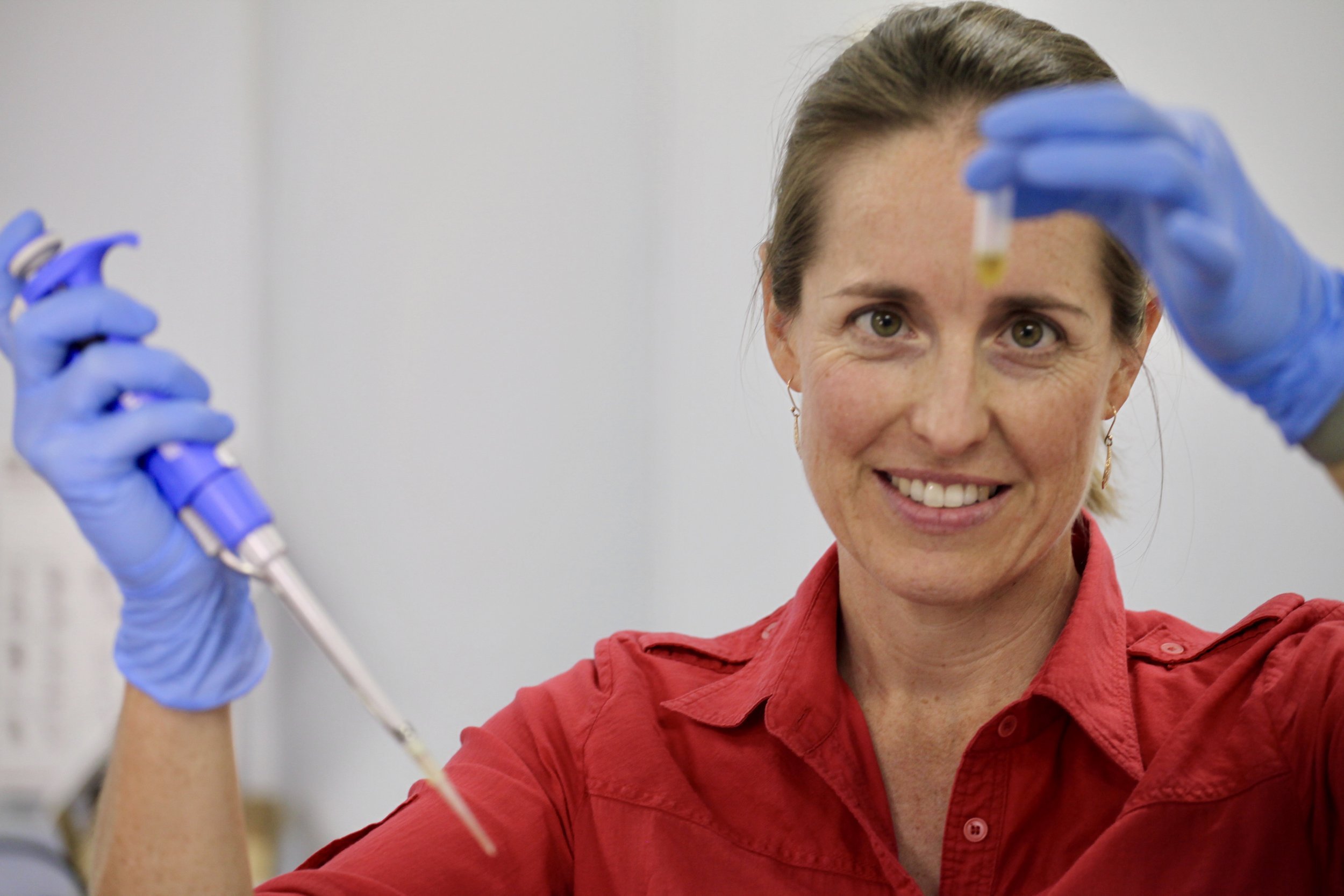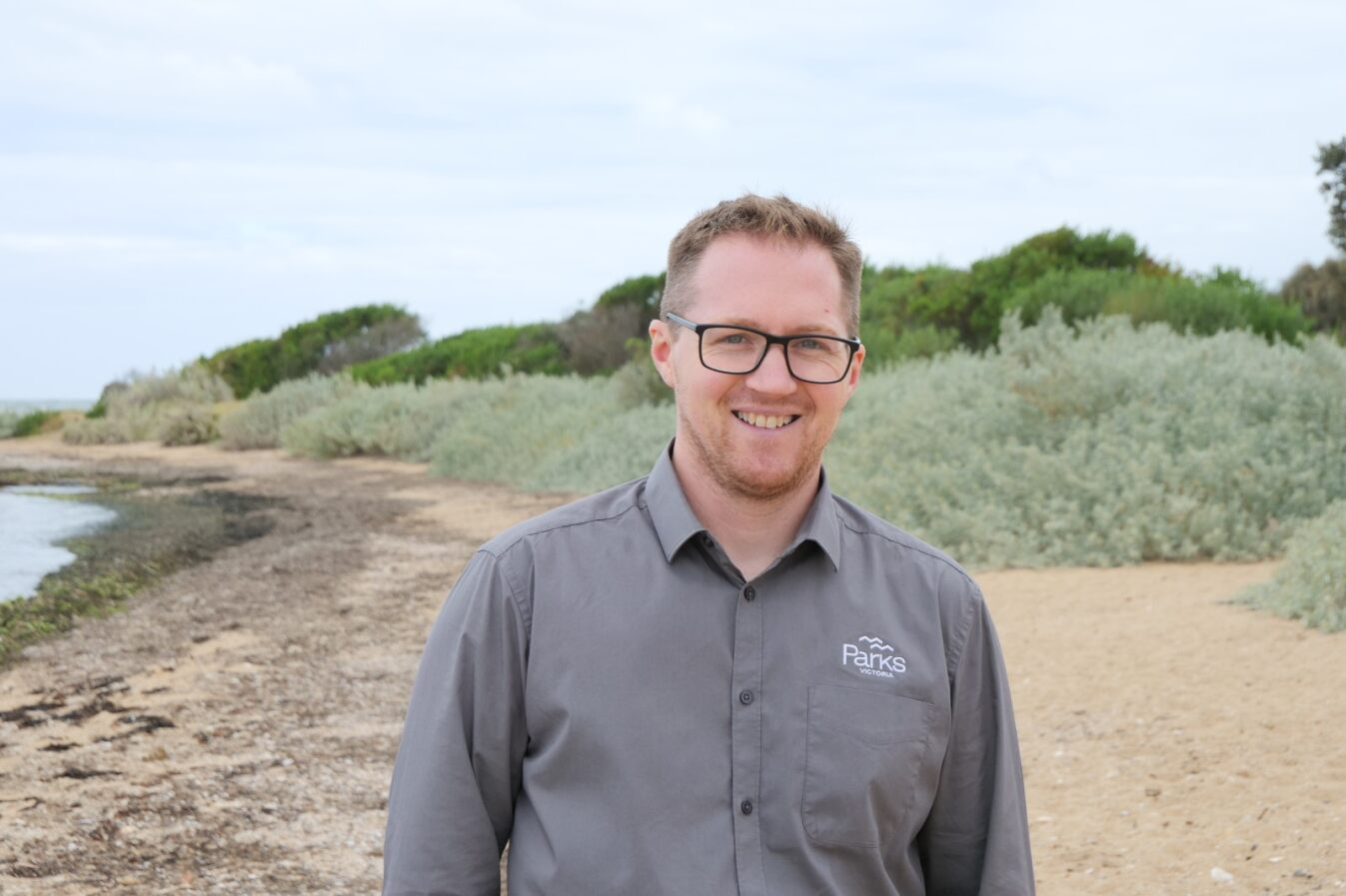inside the hunting mind of a sea lion
A closer look at the diverse, surprising—and sometimes adorable—behaviours of Australia’s only endemic pinniped.
Predators with Purpose
When University of Adelaide and SARDI Aquatic Sciences PhD student Nathan Angelakis first reviewed the video footage collected from cameras mounted on wild Australian sea lions (Neophoca cinerea), he was struck by just how specialised their hunting styles could be.
“These animals weren’t just hunting—they were making tactical decisions,” says Nathan. “One female, for example, repeatedly returned to the same ledge on the reef, lying motionless for minutes at a time, waiting to ambush passing prey. She knew what she was doing.”
This behaviour, known as “sit-and-wait” predation, was just one of several distinct strategies Nathan and his collaborators observed while analysing hundreds of hours of footage. Other sea lions were seen flipping over rocks with their muzzles to find octopus, chasing fast-moving cod and conger eels, or even diving beneath schools of fish to target individuals from below.
Image by Rosie LeaneyTactics Across Terrain
This new research offers a rare window into the foraging lives of an elusive and endangered species. With cameras attached to a small sample of sea lions from five colonies across South Australia, Nathan’s team documented behaviours across a wide swathe of Great Southern Reef habitats.
Sea lions were filmed swimming through dense Posidonia seagrass beds, scanning open sand plains, exploring sponge gardens, and navigating complex rocky reef systems. And across these habitats, the diversity of their tactics was remarkable.
“We know from tracking and stable isotope data that sea lions from different colonies tend to forage in specific areas,” Nathan explains. “But what this footage adds is an understanding of how they’re using those habitats—what behaviours they’re deploying and where.”
“They’re adapting how they hunt depending on the habitat and prey type,” Nathan explains. “Chasing a fast-moving fish calls for speed, while extracting an octopus from under a rock requires patience and precision.”
Targeting Conservation Efforts
The Australian sea lion is one of the most endangered marine mammals in Australia, having declined by more than 60% in the past 40 years. Understanding where they forage—and how they hunt—is vital to protecting what remains of their populations.
By linking dive footage to tracking data, researchers can begin to identify critical feeding areas and assign ecological value to particular habitats. This information can then feed directly into the design and management of marine protected areas.
“In South Australia, we have a fairly extensive network of marine parks,” says Nathan. “But unless we know exactly which areas are vital to the survival of species like sea lions, we can’t be confident that we are most effectively managing and conserving their populations”.
This research, supported by the National Environmental Science Program and the Holsworth Wildlife Research Endowment, is already helping to map the unseen lives of sea lions and advocate for more data-informed conservation.
Targeting Conservation Efforts
The Australian sea lion is one of the most endangered marine mammals in Australia, having declined by more than 60% in the past 40 years. Understanding where they forage—and how they hunt—is vital to protecting what remains of their populations.
By linking dive footage to tracking data, researchers can begin to identify critical feeding areas and assign ecological value to particular habitats. This information can then feed directly into the design and management of marine protected areas.
“In South Australia, we have a fairly extensive network of marine parks,” says Nathan. “But unless we know exactly which areas are vital to the survival of species like sea lions, we can’t be confident that we are most effectively managing and conserving their populations”.
This research, supported by the National Environmental Science Program and the Holsworth Wildlife Research Endowment, is already helping to map the unseen lives of sea lions and advocate for more data-informed conservation.
Through a sea lion’s eyes
While the science is strong, part of the power of this project comes from its visuals. Footage from Nathan’s research has sparked interest around the world.
“Science can feel a bit inaccessible or abstract to some people,” Nathan says. “But the camera footage places you right there with the animal in its environment, seeing what they see. That changes everything. You’re not just reading about sea lions—you’re experiencing their world.”
This immersive perspective not only reveals animal behaviour but also showcases the vibrant, often unexplored underwater landscapes of the Great Southern Reef. In doing so, it helps build public connection to both species and place.
A rare glimpse into sea lion culture
Among the most compelling moments captured in the study is a female sea lion taking her pup on an eight-hour dive trip across multiple habitats—diving, travelling, and even catching a giant cuttlefish with her pup close by.
“It’s the first direct video evidence we’ve had of social learning in this species,” says Nathan. “It’s something that’s been hypothesised for a while, but to actually see a mother passing on foraging knowledge to her pup is extraordinary.”
This behaviour could be a critical part of how sea lions learn to survive in a complex and changing ocean—and may help explain aspects of their unusually long 18-month reproductive cycle.
Linking past, present and future
For Nathan, the value of the footage also offers a chance to connect with deep-time history and cultural significance.
“These animals are filming the ancient coastline of Australia—land that was walked on and lived upon by Indigenous peoples before sea levels rose,” he says.
As part of the project, Nathan and his team worked with the Far West Coast Aboriginal Corporation, including Indigenous Rangers and community members who joined fieldwork and helped share the findings in schools.
“It’s not just about the science—it’s also a way to connect people with land and Sea Country, culturally significant totem species, and with ancestral knowledge. That’s really powerful.”
This research was supported by The Australian Government’s National Environmental Science Program (NESP) Marine and Coastal Hub, the Australian Marine Mammal Centre, the Nature Foundation and the Holsworth Wildlife Research Endowment through the Ecological Society of Australia.learn more about gsr Marine Life
-

From playful dolphins to majestic seals, marine mammals are some of the most captivating inhabitants of the Great Southern Reef. These air-breathing ocean dwellers rely on the reef’s rich food sources and sheltered bays to thrive in this temperate marine environment.
-

Squids, octopuses, and cuttlefish—these clever creatures are the brainiacs of the Great Southern Reef. With their amazing ability to change colour and shape, they outsmart predators while also playing a crucial role in balancing the reef's food web.
-

From the colourful weedy seadragon to the sleek southern bluefin tuna, The Great Southern Reef is home to an incredible variety of fish species, many of which are found nowhere else in the world.
-

Crabs, lobsters, and prawns scuttle along the rocky reef floors of the Great Southern Reef. These creatures are expert recyclers, helping to keep the reef clean while also providing food for other marine animals. Some, like the golden decorator crab, even use seaweed to blend in with their surroundings!
-

Invertebrates like sea stars, sea urchins, and sponges are the unsung heroes of the Great Southern Reef. These animals may lack a backbone, but they play vital roles in recycling nutrients, creating habitats, and supporting the overall health of the ecosystem.
-

The Great Southern Reef is home to over 1500 species of seaweed. Kelp and other habitat forming species provide food and shelter for countless marine creatures, making these forests the backbone of the reef's biodiversity.
Meet the Scientists
















